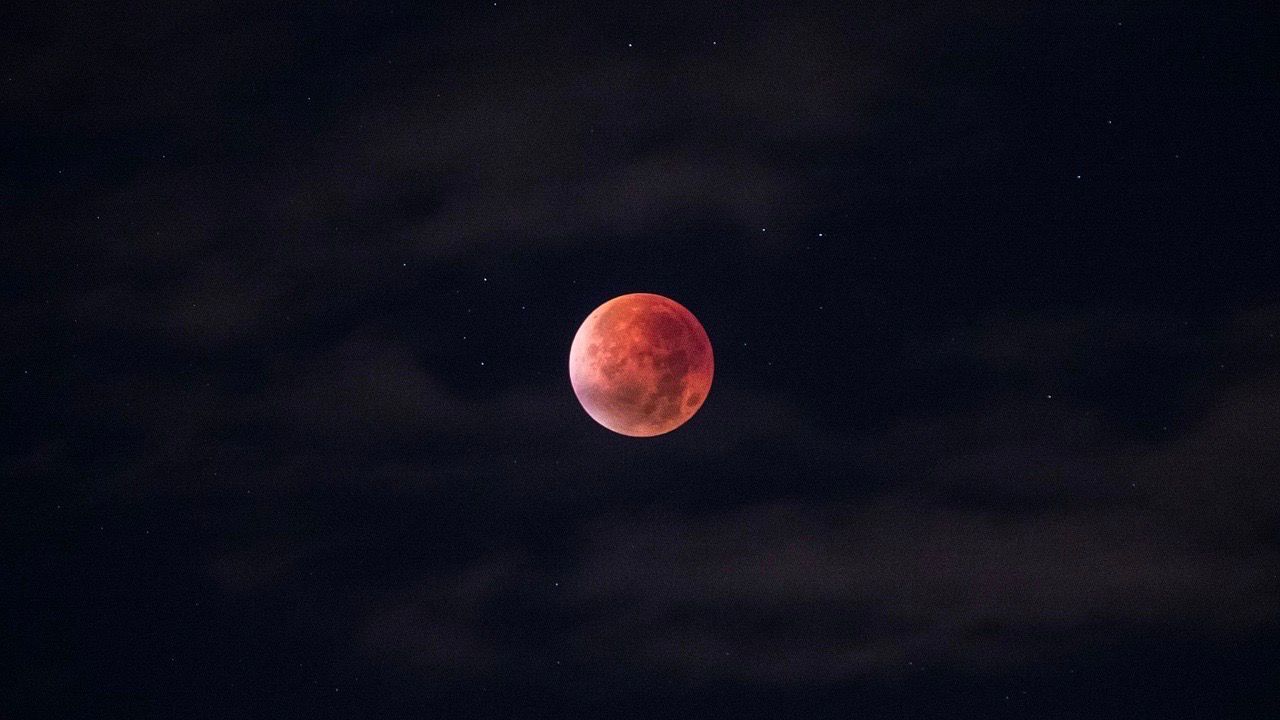CNN -- Jan. 31, 2018 will be a special day because we will experience a "Blue Supermoon".
In case you don't remember, a "supermoon" occurs when the moon appears bigger and brighter in the sky. A supermoon occurs when the moon becomes full on the same day that it reaches its perigree, the point in the moon's elliptical orbit when it is closest to Earth.
During these events, the moon generally appears to be 14 percent bigger and 30 percent brighter than a typical full moon. They typically occur around every 13 months, according to NASA.
As NASA notes, some folks call the second full moon in a single month a blue moon, and they occur about every two and a half years.
Jan. 31's supermoon, according to the space agency, will also feature a total lunar eclipse -- when the Earth, sun and moon, line up in such a way that the Earth blocks the sunlight that would otherwise reflect off the moon.
So the moon won't be as bright, but it will "take on an eerie, fainter-than-normal glow," NASA says, and could take on a "reddish hue."
That celestial event will be visible from western North America through the Pacific Ocean to eastern Asia, NASA says.



